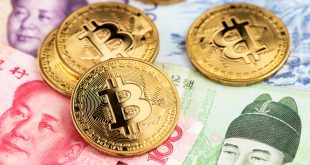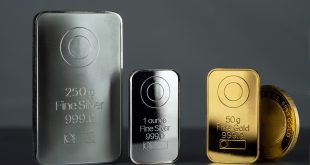Above 101.00, the US Dollar Index maintains modest daily increases. The private sector’s economic activity continued to grow in July, according to US figures. Following a week in which it outperformed its key competitors, the American currency opened the new trading week on a positive note. The US Dollar Index, which measures the USD’s value in relation to a basket of six important currencies, reached its highest point since July 12 in the early European session, close to 101.50.
Following the release of services and manufacturing PMI data from Germany, the EU, and the UK that were lower than anticipated for early July, the USD was able to absorb capital outflows from those currencies.
The US S&P Global Manufacturing PMI increased from 46.3 in June to 49 in the flash estimate for July. The services PMI dipped from 54.4 to 52.4 over the same time period. Last but not least, the Composite PMI dropped from 53.2 to 52, indicating that the private sector’s business activity is still expanding, but at a slower rate.
Slower economic growth, fewer job creation, reduced business confidence, and sticky inflation are all unpleasant trends in July. An annualised quarterly GDP growth rate of about 1.5% at the beginning of the third quarter is consistent with the total pace of output growth, as assessed across manufacturing and services.
10-year US Treasury bond yield staged a rebound in the second half of last week and closed above 3.8% after having declined toward 3.7% earlier in the week. Following the PMI data, 10-year yield holds steady at around 3.8%. A 25-basis-point Fed rate hike on Wednesday is fully priced in. The probability of the Fed hiking the policy rate one more time before the end of the year stands at 23%.
Positioning data suggests investors are running reasonably large short Dollar positions into this week’s Fed, ECB, and BoJ policy meetings. If the Fed maintains its leaning towards tightening, the current corrective rebound in the value of the dollar may continue this week.
Monday’s opening of Wall Street’s major indices was uneven. The Nasdaq Composite was down 0.2% after the opening bell, while the Dow Jones Industrial Average was up 0.4%. German HOCB Composite PMI decreased from 50.6 in June to 48.3 in early July. The likelihood that the economy will be in a recession in the second half of the year has increased, according to analysis of the data.
HCOB Composite PMI for the Eurozone worsened to 48.9 from 49.9 in the same period, while the UK S&P Global/CIPS Composite PMI fell to 50.7 from 52.8.

 Noor Trends News, Technical Analysis, Educational Tools and Recommendations
Noor Trends News, Technical Analysis, Educational Tools and Recommendations




